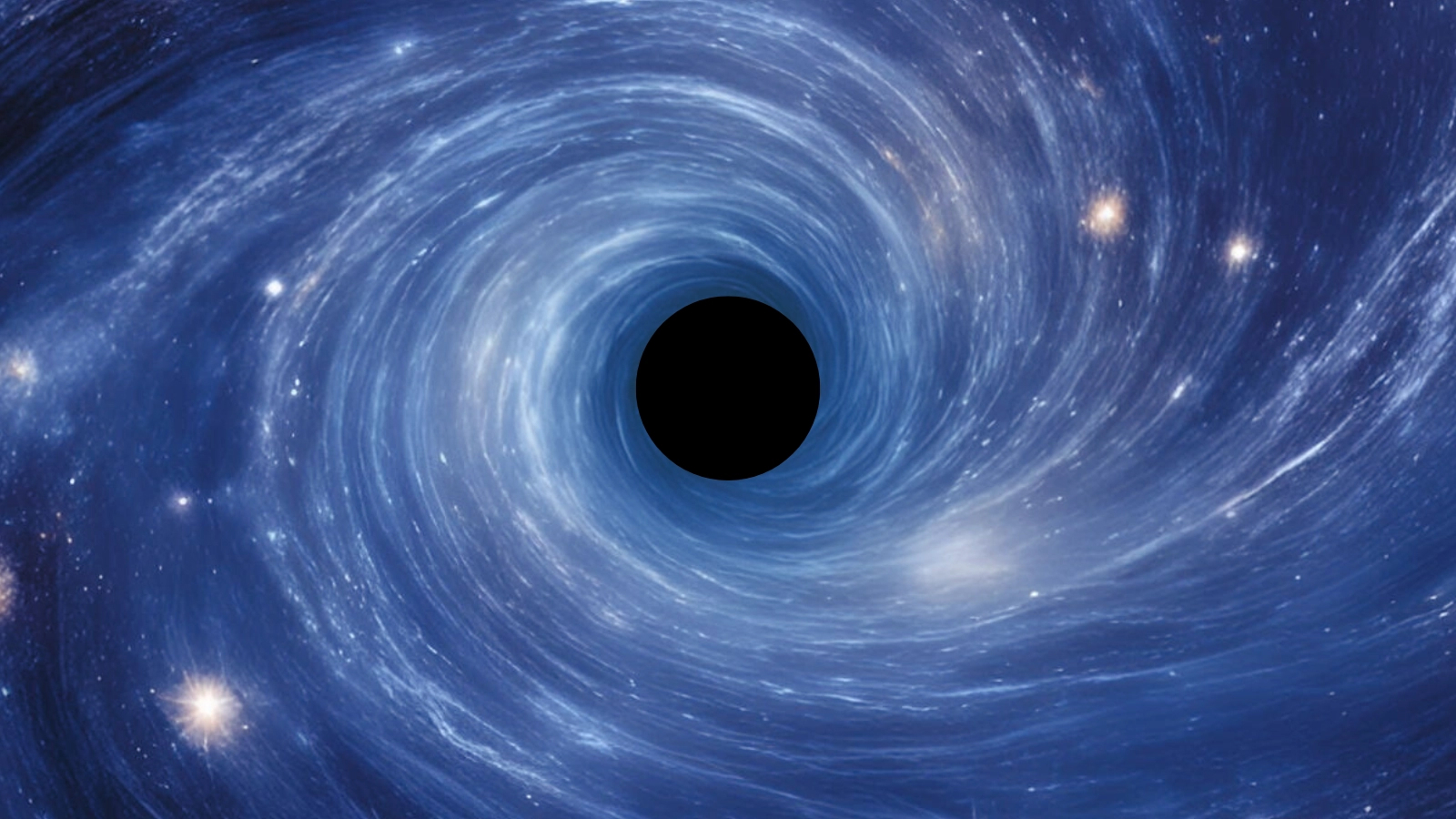When you purchase through connexion on our site , we may earn an affiliate perpetration . Here ’s how it form .
Nineteen new discovered nanus coltsfoot seem to be missing their dingy matter , and physicist are n’t sure why .
The discovery dramatically increases the number of galaxies that appear to be missing dark matter , the mysterious , inconspicuous stuff and nonsense that exert gravitational wrench , yet utter no light . Dark matteris recollect to be a key ingredient in beetleweed geological formation , with its somberness pulling together speck of accelerator to organize galaxies . We can tell dark issue is present in a coltsfoot because it make the matter in that galaxy convolution faster than it would if the topic we see made up the galaxy ’s whole mass . This quicker swirling has shown up in every extragalactic nebula that could be precisely measured . Recently , however , investigator have chance that certain small beetleweed , now admit these 19 , behave as if they ’re dominated by baryons — the particles that make up ordinary matter . The evidence for their unseen halos of dark thing is missing .

A panoramic image shows the Milky Way, our home galaxy.
Kyle Oman , an astrophysicist at Durham University in the United Kingdom , who was n’t involved in this uncovering , aver that these galaxies be the longest list of apparently glum matter - free objects yet reported . But they are n’t the first .
relate : The 11 large Unanswered Questions About Dark Matter
The most wide reported discovery of a beetleweed that seemed to lack colored matter hail in March 2018 . A squad of astrophysicists led by Pieter van Dokkum , an astrophysicist at Yale University , showed that the average speed of globose clusters ingalaxy NGC 1052 – DF2matched a baryons - only galaxy model , though many questioned the lustiness of the consequence , as Live Sciencereported .

Even as that account played out , however , additional teams found galaxies that seemed to lack disconsolate matter . Those researchers used a different method , which single out the motion of hydrogen atoms in a distant galaxy — the extragalactic nebula ’s " H1 rotation curve " — to show that the cloud of gaseous state rotated as if they were not under the influence of dark matter . Oman worked on one such report , which was published Sept. 25 inThe Astrophysical Journal Letters .
The young paper , published Nov. 25 in the journalNature Astronomy , identified the 19 dingy matter - devoid galaxies using the same method .
" These H1 rotation curves are more accurate " than the method acting used by van Dokkum ’s squad , pronounce Till Sawala , an astrophysicist at the University of Helsinki . However , he said , there are still " taxonomical doubt " in the measurements that are yet to be purpose .

For instance , if the slant of the host galaxy relative to Earth is incorrectly measured , that can screw up the calculations , Oman said . And event like supernovas can speed up the flatulence in a normal Galax urceolata , create rotation curved shape that await from Earth like the Galax urceolata in this new paper , Sawala say . Either elbow room , more follow - up work is needed to sustain the dark matter - costless claim , all the experts ( including the discipline authors ) said .
If it does turn out that certain galaxies do miss the normal amount of dark matter , however , that ’s a job for current theory of how the universe organize .
physicist excuse how the universe formed and behaves using a model known as Lambda cold dark issue ( ΛCDM ) . It describes three key features of the universe : thecosmological constant(Λ ) , dark matter and blue energy .

ΛCDM excuse the path Galax urceolata form , Sawala said , and it ca n’t easily excuse how these special beetleweed could have shape without dark matter .
Some of the examples that have turned up , Oman pronounce , could be explained by the ΛCDM . For instance , midget galax in the midriff of densegalaxy clustershave many other soberness sources around to divest off their dark affair . But in this paper , Oman said , some of the dark matter - costless extragalactic nebula are lonesome , far from any other gravity rootage .
" That ’s a challenge , " Oman say .

Some researcher have presented the evidence of dark matter - free galaxies as the knockout clout in a battle between ΛCDM and another set of theories know as Modified Newtonian Dynamics ( MOND ) . MOND theories turn down drab matter in party favor of pinch to the physical science of sobriety . Since gravity should play everywhere in the universe , MOND would predict that what we call dark matter should also be everywhere , include every Galax urceolata . But if these coltsfoot break MOND , they violate ΛCDM as well , so it ’s not really a knockout punch to MOND , Sawala said .
Physicists said the only way to figure out what ’s going on is to study these galaxy in much more detail using different tools and substantiate that what seems to be happen there is really happening .
Originally publish onLive Science .













